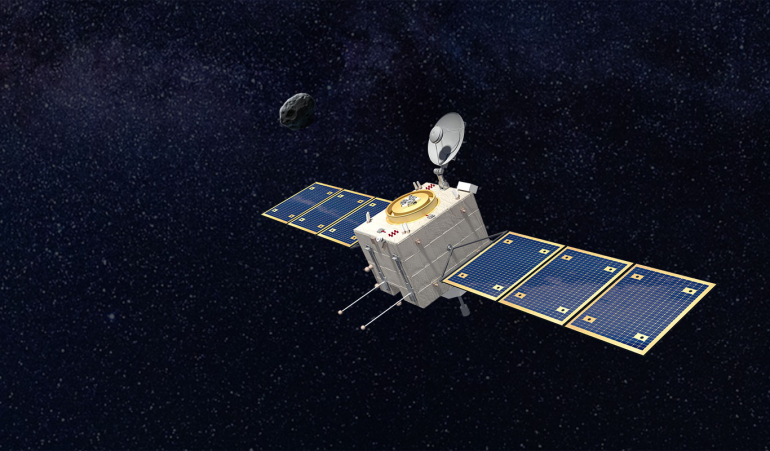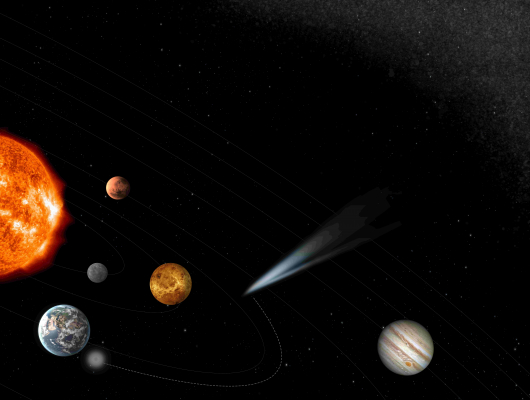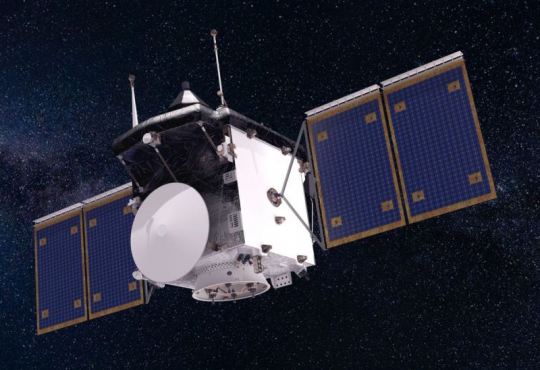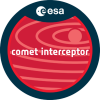
SPACEBEL is off to a flying start in 2024, having recently signed a major contract with OHB Italia S.p.A. (Milan), prime contractor for the Comet Interceptor mission, a programme funded by the European Space Agency. The Liège-based company will design the software that will operate the spacecraft.The aim is to observe as yet unknown comets at the very beginning of their genesis, in order to learn more about the creation of the universe and the solar system.
SPACEBEL, one of Europe's top 3 leaders in the development of IT systems applied to the space sector, will supply the central software that manages the entire spacecraft, its platform equipment and the payload instruments.This new project will mobilise a team of around ten engineers from the Liège-based company over the next two years.
Scheduled for launch in 2029, Comet Interceptor will consist of three spacecraft with high-tech payloads. The mother ship and its two probes will travel together up to 1.5 million kilometres from Earth. The aim? To reach an undiscovered comet containing material that has remained unchanged since the formation of our solar system some 4.5 billion years ago.

Comet_Interceptor_concept-Credits_ESA
A few hours before intercepting the comet, the three modules will separate and make simultaneous observations from several locations and angles to provide 3D data on the comet's nucleus, gas, dust and plasma. The mission should achieve its objective within 5 to 6 years of launch.
Comet Interceptor is also contributing to ESA's overall planetary defence efforts, by carrying out studies that could help protect our planet. The same applies to ESA's future Hera mission, due to be launched in October 2024, to which SPACEBEL is also contributing its expertise on several levels: the Hera flight software, an impressive range of simulation software and the development of the Milani & Juventas Cubesats Operations Mission Centre (CMOC) in Redu (Belgium).

CometInterceptor-OHB Italy
SPACEBEL's contribution to comet exploration dates back to the late 1990s. SPACEBEL took part in the exploration of the Rosetta comet with the development of a software validation system, while VTS, the space data visualisation tool developed by SPACEBEL in Toulouse for CNES, was used as part of this historic mission to monitor the separation, descent and landing phase of the Philae lander on the comet.
Founded in 1988 and based at the Liège Science Park, Spacebel is active in the space sector and in environmental and land management: design, development, integration and validation of ground or on-board software systems; Earth observation applications. It employs 110 people in Belgium and France.
